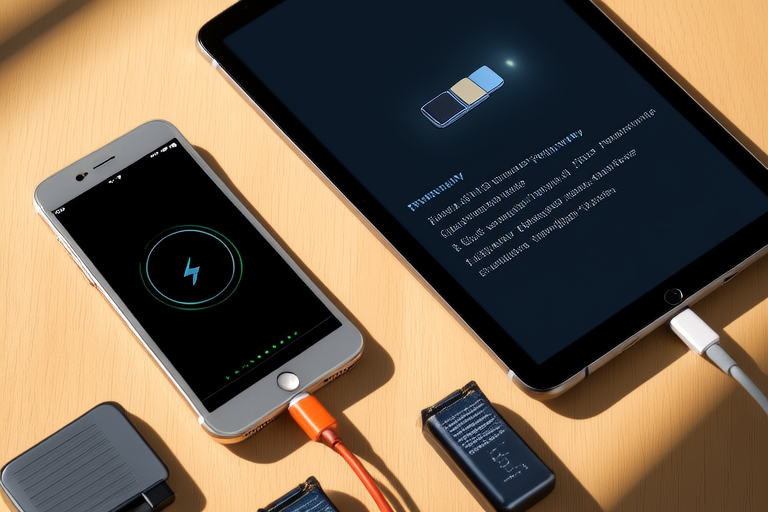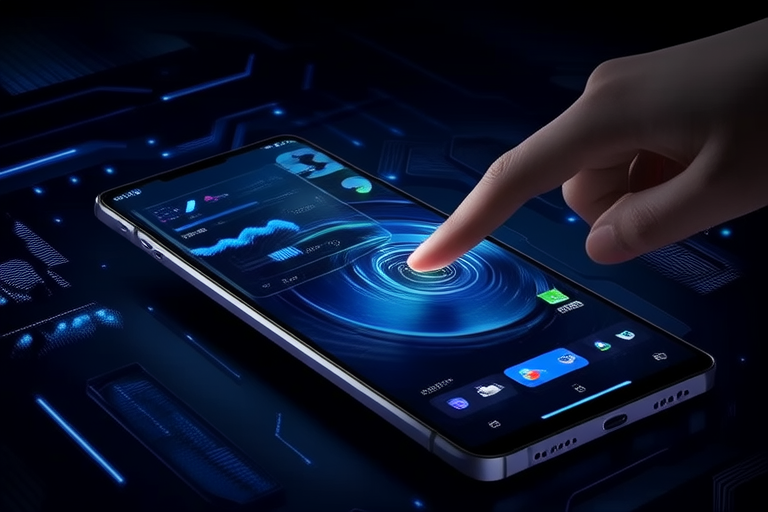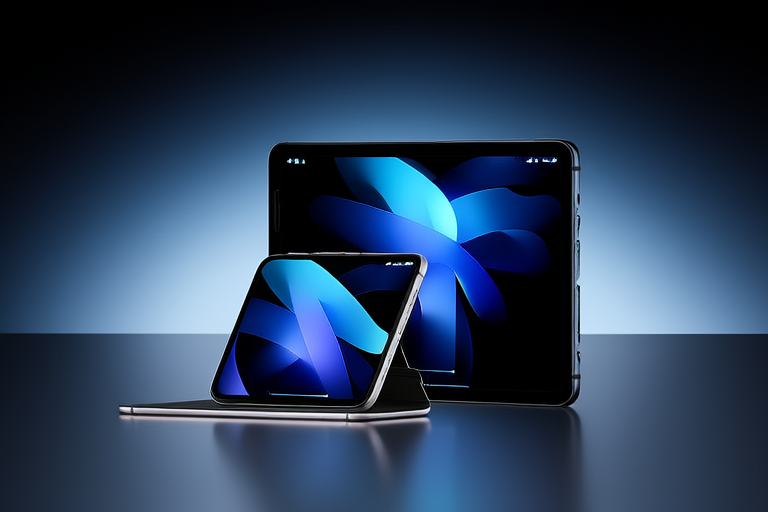“`html
Powering Through: Battery Innovations for Smartphones and Tablets
Introduction
Battery technology is a cornerstone of modern mobile devices, playing a pivotal role in shaping the user experience of smartphones and tablets. Despite significant advancements, users often grapple with common challenges such as short battery life and slow charging times. This article delves into recent innovations aimed at overcoming these obstacles, providing a comprehensive overview of current trends, future possibilities, and practical implications for consumers.
Current State of Battery Technology
The current standard for mobile device batteries is the lithium-ion (Li-ion) battery. These batteries have been the backbone of portable electronics for decades due to their high energy density, relatively low self-discharge rate, and long cycle life. However, they also come with notable limitations. Li-ion batteries can degrade over time, particularly if exposed to extreme temperatures or subjected to rapid charging cycles. Additionally, the increasing demand for more powerful and feature-rich devices has stretched the capabilities of existing battery technology, leading to shorter battery lives and slower charging speeds.
The capacity of a battery directly impacts its ability to power a device for extended periods. Charging speeds, too, are crucial, as users expect their devices to be fully charged quickly. Power efficiency, which refers to how effectively a device uses its battery, also plays a significant role in the overall user experience. These factors collectively influence how satisfied users are with their devices.
Emerging Technologies
Solid-State Batteries
One of the most promising emerging technologies is the solid-state battery. Unlike traditional Li-ion batteries, which use liquid electrolytes, solid-state batteries employ solid electrolytes. This change offers several advantages, including improved safety, higher energy density, and faster charging speeds. Solid-state batteries are less prone to thermal runaway, making them safer for use in consumer electronics. They also have the potential to store more energy per unit volume, allowing for longer battery life in compact devices.
Several companies and research institutions are at the forefront of developing solid-state battery technology. Toyota, for example, has been investing heavily in this area, aiming to commercialize solid-state batteries for electric vehicles. Samsung and Apple are also exploring the technology for potential use in future smartphones and tablets.
Graphene-Based Batteries
Graphene, a single layer of carbon atoms arranged in a hexagonal lattice, has unique properties that make it an attractive material for battery technology. Graphene-based batteries offer enhanced conductivity, increased surface area, and improved durability compared to traditional batteries. These characteristics contribute to faster charging times and longer battery life. Companies like Huawei and LG have incorporated graphene into their battery designs to improve performance.
Supercapacitors
Supercapacitors, also known as ultracapacitors, are another innovative solution for enhancing battery performance. Unlike conventional batteries, which store energy through chemical reactions, supercapacitors store energy electrostatically. This allows them to charge and discharge much more quickly than traditional batteries. Supercapacitors can provide a burst of power when needed, making them ideal for applications that require rapid energy delivery, such as starting engines or powering high-performance devices.
While supercapacitors currently have lower energy density than Li-ion batteries, researchers are working on improving their capacity. Companies like Skeleton Technologies are leading the way in developing high-capacity supercapacitors for use in various industries, including consumer electronics.
Practical Implications
The introduction of these new battery technologies could significantly enhance user experiences. Longer-lasting batteries would mean fewer interruptions during the day, while faster charging times would reduce downtime. For instance, a smartphone with a solid-state battery might last twice as long between charges, and a tablet with graphene-based technology could charge in just a few minutes.
Environmental considerations are also important. Traditional Li-ion batteries pose disposal challenges due to their hazardous materials. Solid-state and graphene-based batteries are expected to be more environmentally friendly, as they use fewer harmful substances and are easier to recycle. Additionally, the reduced need for frequent replacements could lead to a decrease in electronic waste.
Cost and accessibility are critical factors in determining the success of these innovations. While early adopters may benefit from premium features, it is essential to ensure that these technologies become affordable and widely available. As production scales up and manufacturing processes improve, prices are likely to drop, making advanced battery solutions accessible to a broader audience.
Future Outlook
The next few years promise exciting developments in battery technology for smartphones and tablets. Breakthroughs in solid-state and graphene-based batteries could revolutionize the industry, offering unprecedented performance and reliability. Researchers are also exploring other novel materials, such as lithium-sulfur and lithium-air batteries, which could further enhance energy storage capabilities.
However, several challenges must be addressed for widespread adoption. Manufacturing costs, supply chain issues, and regulatory hurdles are among the obstacles that could delay the rollout of new technologies. Additionally, ensuring compatibility with existing infrastructure and devices will be crucial. Collaboration between manufacturers, researchers, and policymakers will be essential to overcome these challenges and bring these innovations to market.
Conclusion
Battery technology continues to evolve, driven by the growing demands of mobile devices. From solid-state batteries to graphene-based solutions, emerging innovations hold the potential to significantly improve user experiences and address environmental concerns. As research and development progress, we can expect more efficient, longer-lasting, and faster-charging batteries in our smartphones and tablets. It is vital for consumers to stay informed about these advancements and support ongoing efforts to push the boundaries of battery technology.
“`




